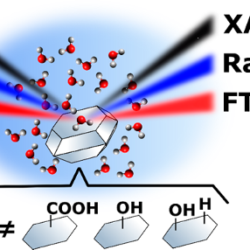A new material to improve energy-efficient technologies
A team of international physicists including Jennifer Cano, PhD, of Stony Brook University, has created a new material layered by two structures, forming a superlattice, that at a high temperature is a super-efficient insulator conducting current without dissipation and lost energy. The finding, detailed in a paper published in Nature Physics, could be the basis of Read more about A new material to improve energy-efficient technologies[…]


